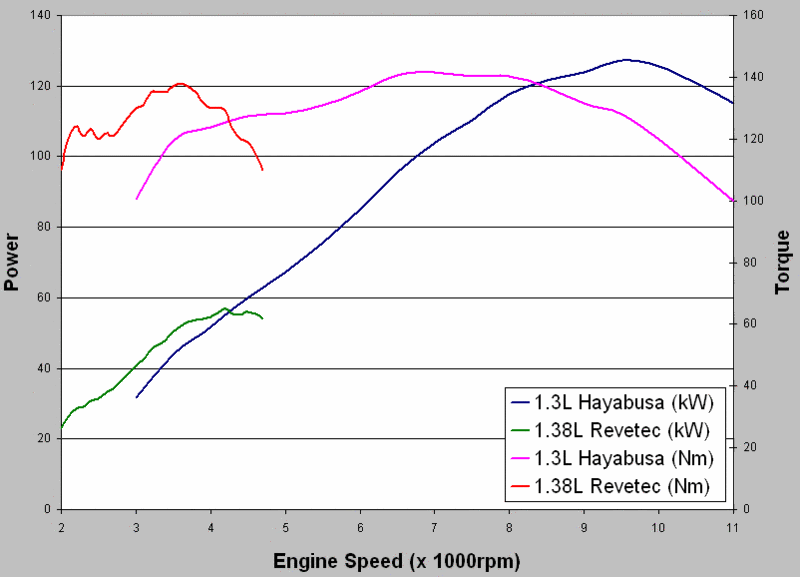
Originally Posted by
pneumatic
A 500cc two stroke is not equivalent to a 1000c four stroke. That used to be a rule of thumb, and they used it for sizing the new capacity when motogp went from 500cc two-strokes to 1000cc four strokes. They were getting around 200HP from the two strokes, and 250HP from the four strokes which aren't tuned as hard. A 500cc two stroke is closer to a 800cc four stroke in practice (my observations).
......
If the exhaust reed or valve is oval like the port, then it cannot swing open on a pin. It simply won't open. The port needs a recess for the reed to open into. Draw it in 3D and you will see what I mean.
And if you change to traditional reeds, then you won't get the "zero volume" at TDC on the outer pistons. It will also make the engine a little bigger in width too. Again, this area needs to be detailed to see what problems will arise.
I think it needs a start motor and battery. Manual starting is not marketable.




 Reply With Quote
Reply With Quote






